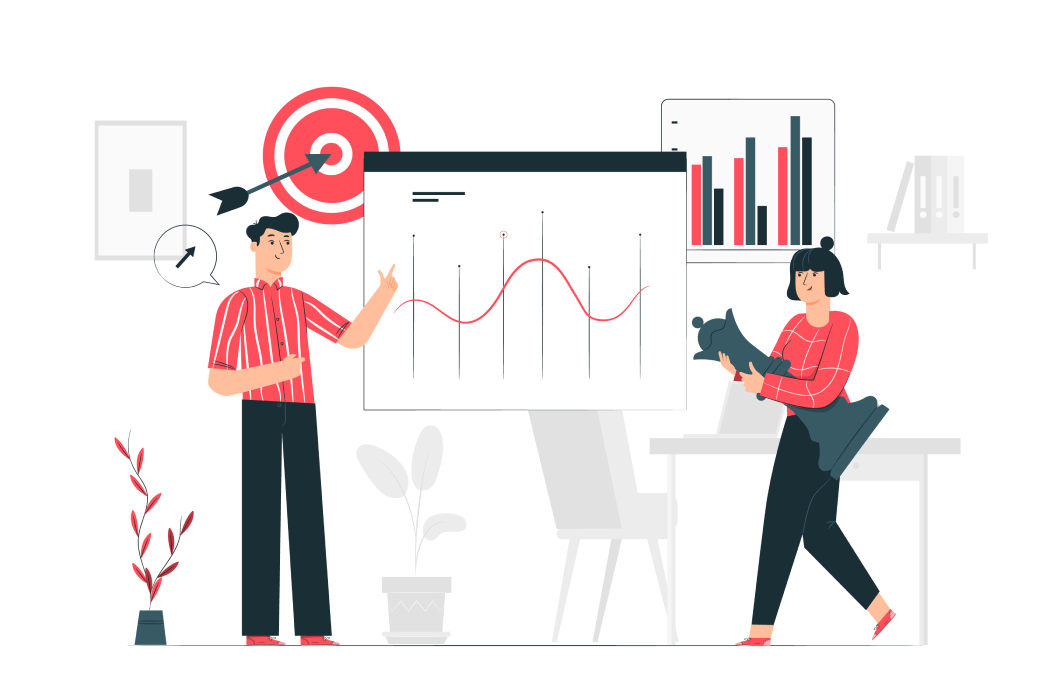How Call Tracking Drives Your ROI and Cuts Costs
As a healthcare marketing expert, you’ll likely employ a number of solutions to get your clients in front of potential patients. But how do you know which of these solutions will work the best?
This is where call tracking comes in. Tracking and analyzing calls made by prospective patients will let you know which marketing methods are the most effective. It will also help you better understand the customer experience. This will clear up any potential confusion and let you easily and accurately optimize your marketing strategy.
Why Use Call Tracking?
A study by Google and Kantar Media shows that even though a vast majority of patients use the Internet when researching healthcare options, 56% of them will use a phonecall to schedule an appointment. This makes the telephone one of the most important tools in a healthcare marketer’s arsenal.
Because of this, it is essential to know where the potential patients found your company’s phone number. This can be an important indicator of which part of your marketing campaign is driving the most conversions. Thanks to this information, you will be able to allocate your marketing resources more effectively and thus improve your return of investment.
The Benefits of Call Tracking
As we mentioned above, one of the main benefits of call tracking is the ability to accurately gauge where the calls from patients are coming from.
As a part of a comprehensive marketing strategy, you are likely to place ads for a healthcare provider on a variety of marketing platforms. Each one of these ads will have a varying degree of effectiveness and will drive conversions at a different rate.
Having the ability to determine which of these ads drive the most conversions and which are underperforming will help you better manage your marketing budget. You can go into even more detail by tracking which keywords attract the most calls and use this information to better target your audience.
One of the main reasons such a high number of patients choose to schedule appointments by phone and not online is the chance to interact with another human being. When choosing a healthcare provider, patients are likely to have many questions. It can be reassuring to have someone at the other end of the line who can answer them.
Call tracking can help improve this aspect of healthcare marketing too. Most call tracking solutions are able to automatically record and transcribe calls. These transcripts can provide further insight into the advertising channels that attract the most patients. They will also help you evaluate how well your current call handling protocol works at converting calls to sales.
Integrating Call Tracking
By now you know how useful call tracking can be for optimizing your marketing strategy. All we need to do now is find out how to integrate call tracking into our marketing and sales.
Easier Calls Lead to More Sales
Before you start using call tracking, you’ll need to make sure you are fully prepared. This means having a call tracking solution to gather and analyze call data.
First, you’ll want to make sure that the appropriate phone number or ‘call us’ button is prominently displayed in your ad. This will make it far simpler for a patient to contact your company, cutting out unnecessary research.
Second, if you are using vanity numbers, you will also need to include the full numerical form so that the patients can quickly select and call the number from a mobile device.
Dynamic Numbers Give You Better Insight
Dynamic numbers refer to the practice of having a separate phone number for each online source that can lead visitors to your website. Once the visitor makes the call, the number they used is sent to Google Analytics. This way you know exactly where each call came from.
By using dynamic numbers with a call tracking system, you can easily find out which online marketing platform is bringing in the most calls. This kind of insight can prove invaluable when deciding how to allocate your marketing budget.
You can take this a step further by using dynamic numbers to track keywords. This is fairly easy to do with targeted Google Ads, and it will let you know which particular keywords drive the most sales. The added benefit is that you can also use these keywords later as a part of your SEO strategy.
Tying It All Together
Now that you have your dynamic numbers and call tracking in place, it’s time to integrate these elements with the tools in your marketing arsenal. This way, you’ll get a comprehensive and holistic overview of the patient’s experience that you can use to drive your marketing decisions. You will also be able to better reach your audience with well-placed targeted ads, leading to even more potential patients.
Conclusion
With all the competition in the healthcare industry and the large sums spent on marketing, it’s more important than ever to get a leg up over the competition. Call tracking can give you that essential edge that will help you craft a comprehensive marketing strategy and make sure your patients have the best customer experience possible.
Photo credits: People vector created by katemangostar - www.freepik.com 

